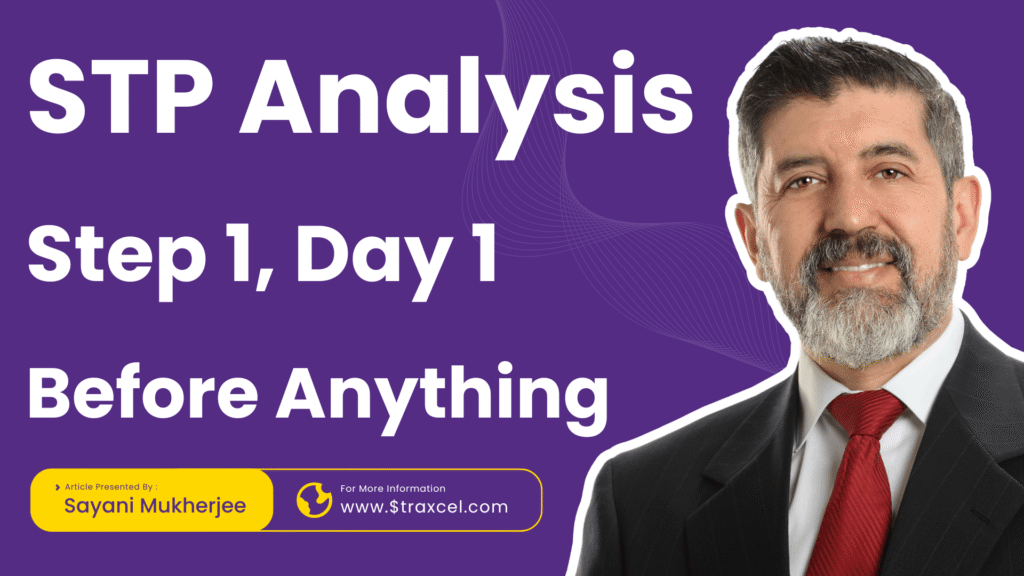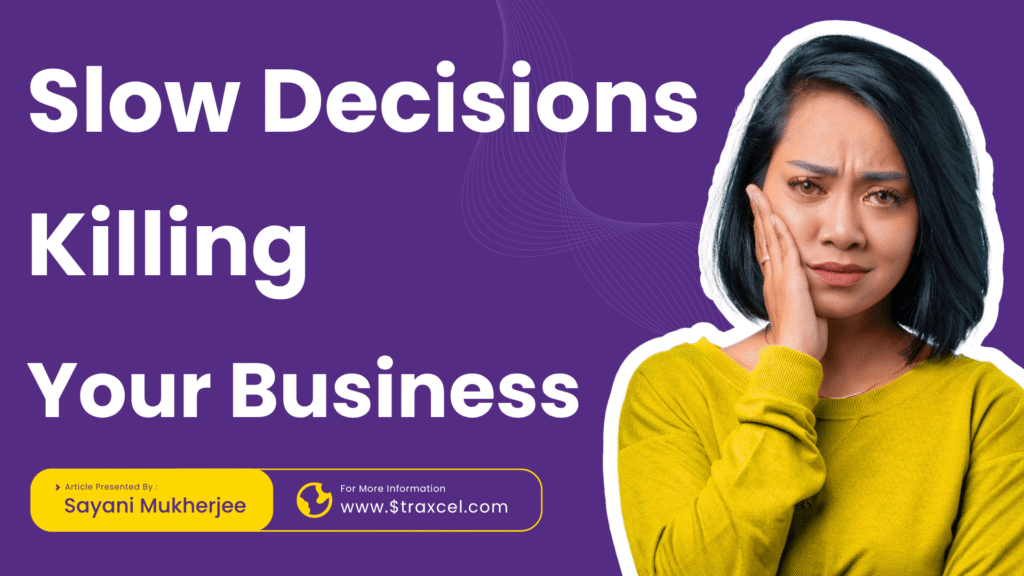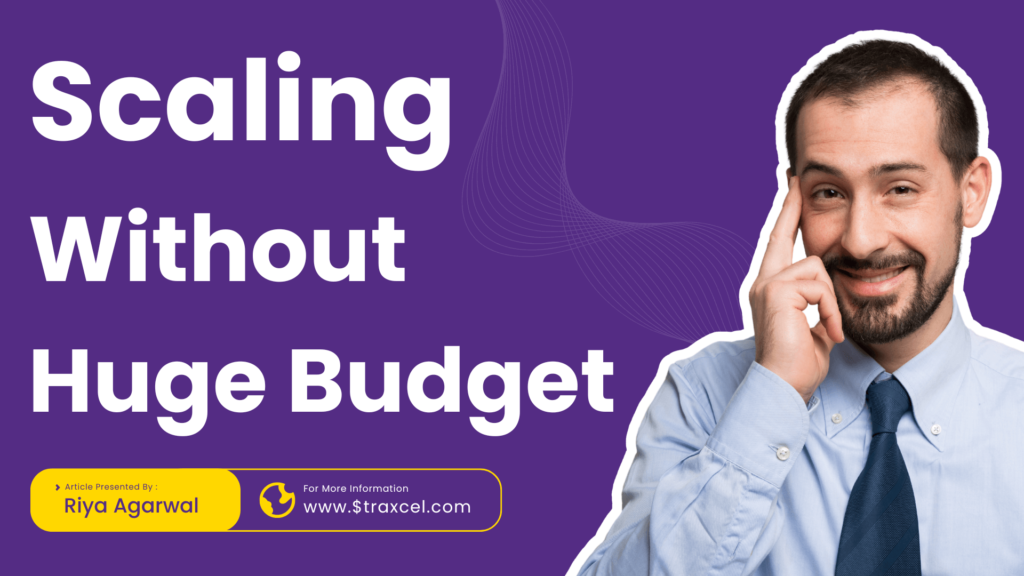Offer Ecosystems : How to Sell More Without New Products
You don’t need 10 more products to grow your business. Most people think : “Okay, I need to scale. Let me build something new.” But honestly? You probably haven’t even sold enough of what you already have. Let’s just pause here for a second. We’re all obsessed with new launches. New offers, new categories, new everything. But you know what really scales? Smart ecosystems. Selling better, not just selling more. Selling around your existing offers. I’ve worked with clients who were sitting on a goldmine and didn’t even know it. They kept chasing “new.” But their old offers still had untapped layers. Let’s not overcomplicate this. We’re gonna talk about how to build an offer ecosystem – in plain English. No marketing jargon. No pretty diagrams. Just the real deal. What Is an Offer Ecosystem? Okay, here’s the simple version: An Offer Ecosystem is when your products, services, and add-ons connect. They flow together. They keep the customer moving with you. They’re not random. They’re part of a journey. Example : Let’s say you sell premium coffee. You don’t just stop at coffee bags. You can offer : Coffee brewing kits Monthly subscription boxes Coffee workshops Branded mugs See? It’s not “new” products. It’s logical next steps. When you get this right, your customer doesn’t feel like you’re selling to them. They feel like you’re guiding them to the next thing that naturally fits. Where Most Businesses Mess This Up Look, I’ve seen businesses launch 15 products with no link between them. And then they wonder why people only buy once. It’s because they’re building one-time offers. They’re not building journeys. One-time offers create dead ends. Offer ecosystems create pathways. That’s the difference. How to Build Your Offer Ecosystem Step 1 : Lock In Your Core Offer What’s your hero product? The main thing people know you for? Start there. Everything else should orbit around this core. Example : If you’re a website developer, your core offer might be building high-converting websites. Step 2 : Map the Next Step After they buy your website, what would they need next? SEO Monthly maintenance Google Ads This isn’t you creating something random. It’s you solving the next problem. That’s smart. That’s what keeps people moving forward with you. Step 3 : Add a Low-Risk Starter Some people don’t want to commit right away. Give them something small. A website audit A 1-hour consultation A mini training Let them try you first. It lowers the fear. It builds trust. These small starters pull people into your world. Step 4 : Introduce Recurring Offers One-time sales are good. But recurring offers? That’s where your cash flow breathes easy. Monthly support Content subscriptions Priority hosting packages Make staying with you a no-brainer. Don’t let your customer buy once and vanish. Step 5 : Bundle Smartly When you bundle right, people feel like they’re getting more value — not more cost. Example: Website + SEO + Content writing = A full launch kit Don’t just sell a website. Sell success. When you frame it like that, the ecosystem sells itself. Step 6 : Use Data (But Keep It Simple) Look, you don’t need to drown in spreadsheets. Just track what’s working. Track where people drop off. If 60% of your customers buy a website but skip SEO – you know what to offer next. Send them a “Hey, let’s get you ranked” offer. That’s what smart offer journeys do. They notice and respond. I’ve Seen This Work – And I’ve Seen People Miss It I once worked with this small fitness coach. He thought his offer was just gym memberships. Period. But people were asking for more. Meal plans Home workout videos Monthly coaching calls He ignored it at first. When he finally built those add-ons: His revenue didn’t just grow – it multiplied. Without adding new audiences. Without running expensive ads. Just by serving his people better. This isn’t theory. This is real life. Why Offer Ecosystems Are the Future (Especially in 2025) Ad costs are going up. Attention spans are shrinking. Loyalty is hard to buy. You can’t rely on new customer floods anymore. You need to sell deeper to the people you already have. Offer ecosystems help you: Increase Customer Lifetime Value Reduce your cost per sale Build real customer loyalty And it’s not complicated. You just need to guide them to the next step. Final Thought : You Already Have Enough. You Just Haven’t Built Around It Yet. Stop chasing “new” all the time. The answers are usually in your current product. Your existing customer. You just need to build the paths. Build the next step. Build the recurring support. Build the bundle. That’s your ecosystem. That’s your growth engine. It’s not about how much you can launch. It’s about how well you can lead. Let’s map your offers, build smarter journeys, and make your customers stay – not just buy once and leave. Stop chasing. Start compounding.





